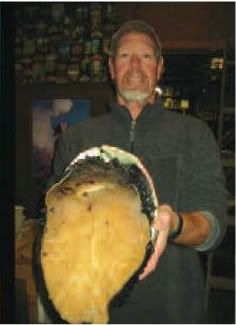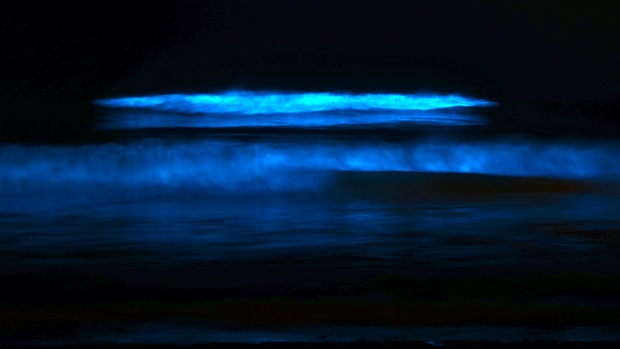Originally posted by DENNIS
I guess nature is allowed to do these things.
It's when man depletes a species that the world will stand up and object.
I understand your sense of loss as I lived in Newport when the Ab divers would clean out expansive populations without even a thought of the
consequences.
They couldn't care less anyway. Between occasional touches of the Bends and more than occasional bouts of alcohol abuse, they couldn't think straight
. |





 [/img]
[/img]